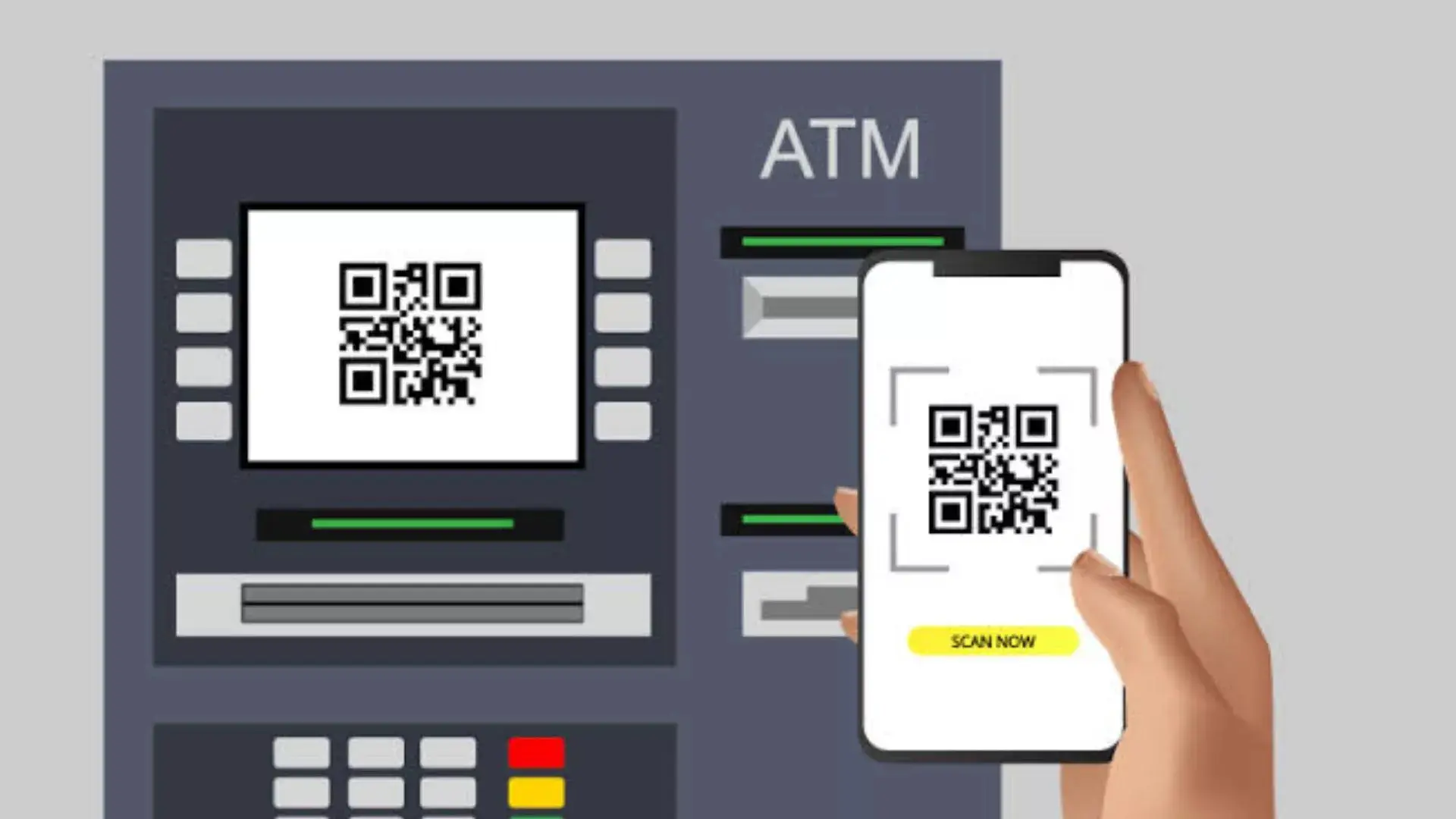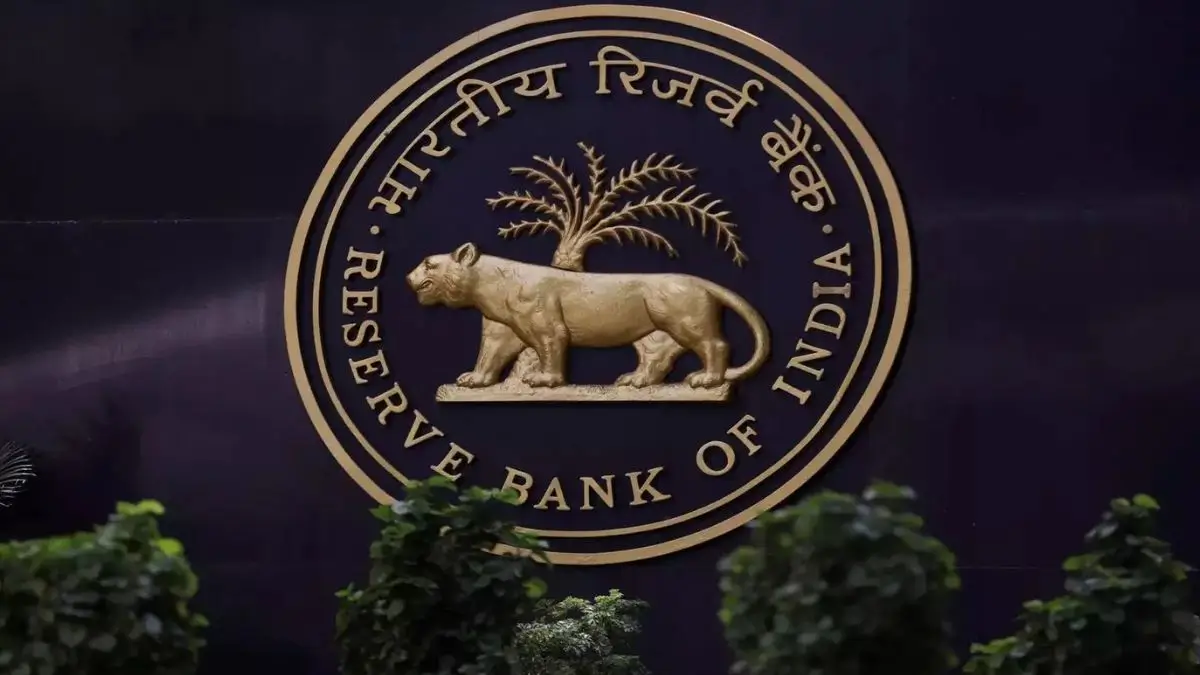India’s First UPI ATM: How Will It Be Different from Cardless Cash Withdrawals?
In recent news, India has achieved yet another milestone in its quest for a digital and cashless economy with the introduction of the country’s first UPI (Unified Payments Interface) ATM. This innovative step promises to revolutionize the way people access cash and conduct financial transactions. In this article, we will delve into why this news is important, provide historical context, and highlight five key takeaways for students preparing for government exams.

Why This News Is Important:
- A Leap Towards Digital India: India’s journey towards becoming a digital economy takes a significant leap forward with the introduction of the UPI ATM. This aligns with the government’s vision of promoting digital transactions and reducing cash dependency.
- Enhanced Financial Inclusion: The UPI ATM aims to bring banking services to remote areas, promoting financial inclusion among the unbanked and underbanked population.
- Convenience and Accessibility: With UPI ATMs, individuals can access cash without the need for physical cards, making transactions more convenient and secure.
Historical Context:
To understand the significance of India’s first UPI ATM, we must consider the broader context of the country’s digital transformation. In recent years, India has witnessed a surge in digital payment methods, driven by government initiatives such as demonetization and the promotion of UPI-based transactions. These efforts have aimed to reduce cash dependency, combat black money, and promote financial inclusion.
Additionally, the COVID-19 pandemic accelerated the shift towards digital payments as people sought contactless methods for transactions. All these factors set the stage for the introduction of UPI ATMs.
Key Takeaways from This News:
| Serial Number | Key Takeaway |
|---|---|
| 1 | India’s first UPI ATM promises to revolutionize cash access and transactions. |
| 2 | It aligns with the government’s vision of a digital and cashless economy. |
| 3 | UPI ATMs aim to enhance financial inclusion and accessibility in remote areas. |
| 4 | The technology is expected to provide increased security and reduce ATM-related frauds. |
| 5 | This move is part of India’s ongoing journey towards reducing cash dependency. |
Important FAQs for Students from this News
Q: What is a UPI ATM?
A: A UPI ATM is an automated teller machine that allows users to withdraw cash using the Unified Payments Interface (UPI) without the need for a physical debit or credit card.
Q: How does a UPI ATM work?
A: Users can initiate a UPI ATM transaction through their mobile banking app, select the recipient’s mobile number, enter the desired amount, and authenticate the transaction with a UPI PIN. The recipient then receives a one-time PIN to withdraw cash from the UPI ATM.
Q: What are the benefits of UPI ATMs?
A: UPI ATMs promote digital transactions, reduce card-related frauds, enhance financial inclusion, and make cash access more convenient, especially in remote areas.
Q: Are UPI ATMs secure?
A: Yes, UPI ATM transactions are considered secure as they require multiple layers of authentication, including UPI PINs and one-time PINs. This reduces the risk of fraud.
Q: How does the introduction of UPI ATMs align with the government’s digital India initiative?
A: UPI ATMs support the government’s goal of reducing cash dependency and promoting a digital and cashless economy by offering a secure and convenient cash access method.
Some Important Current Affairs Links

















